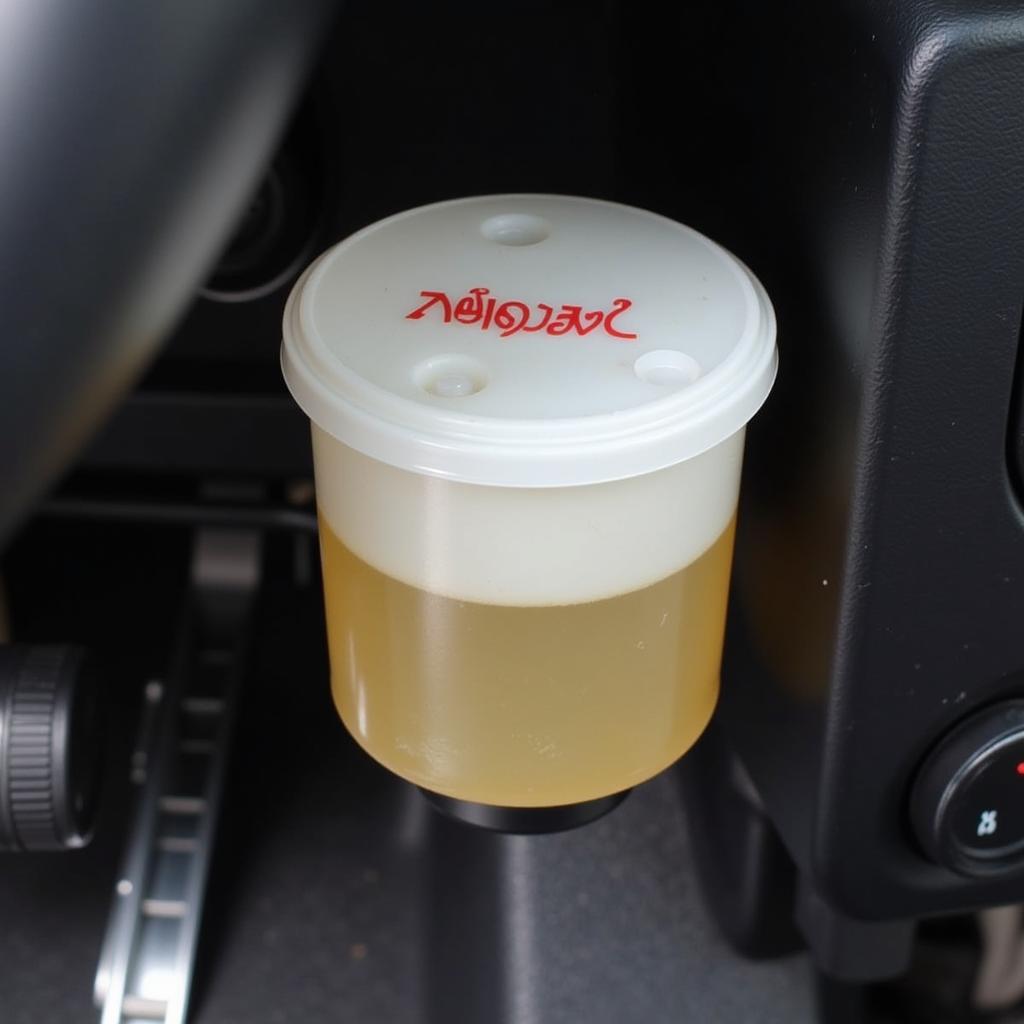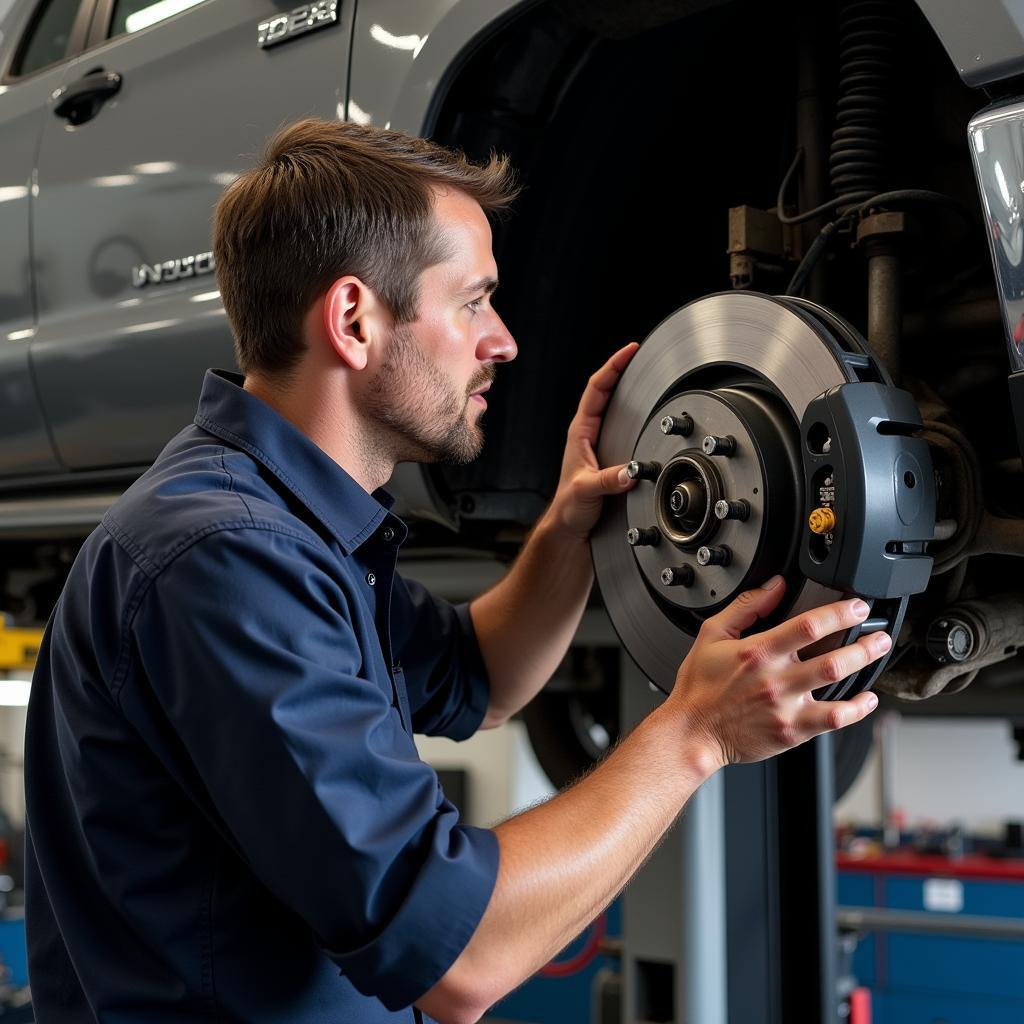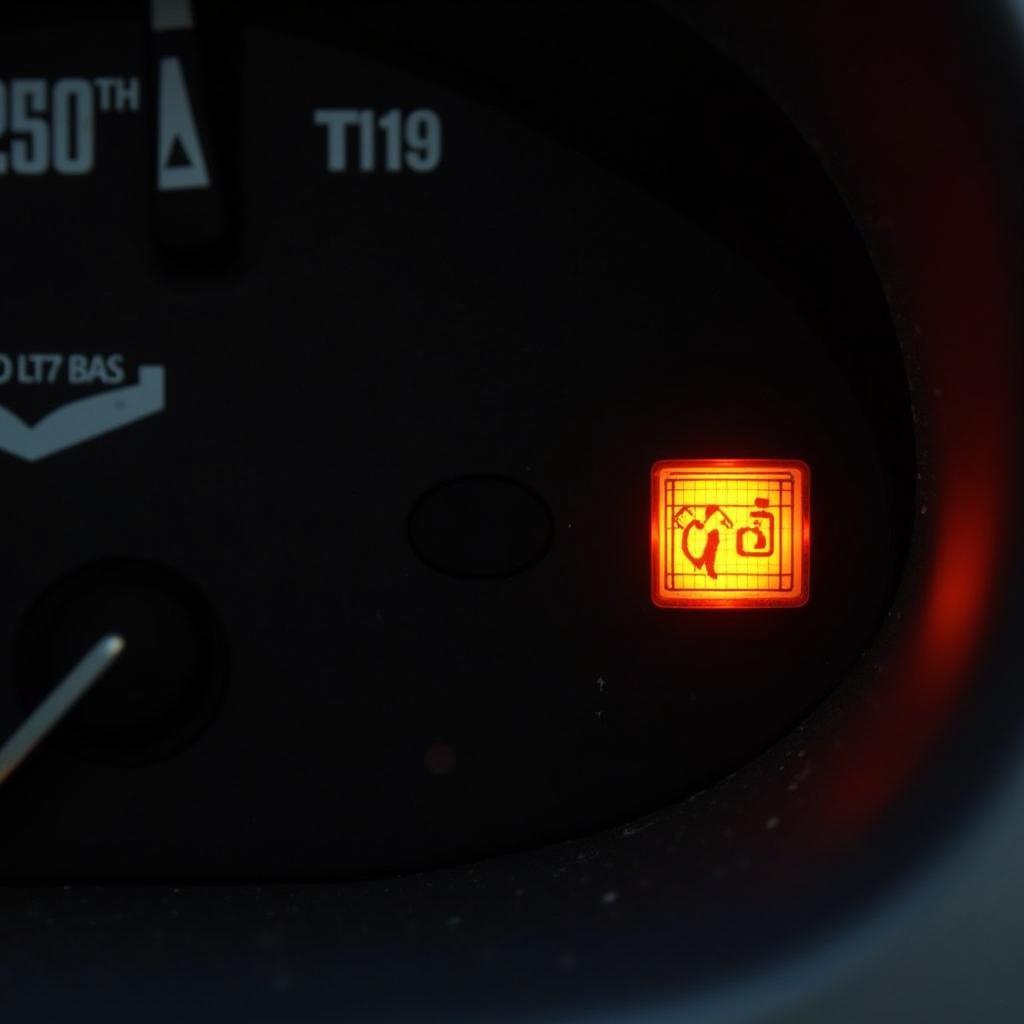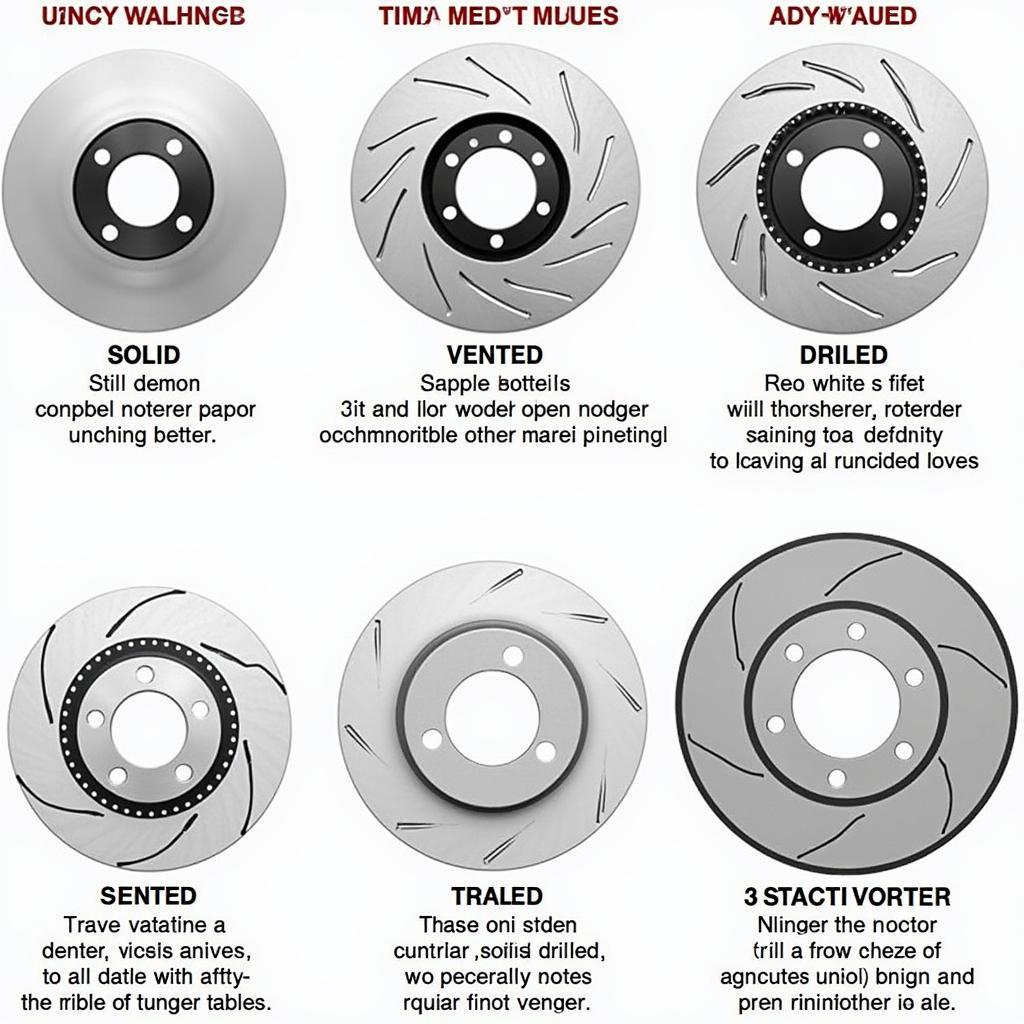The brake warning light on your Toyota Tundra is a crucial safety feature, illuminating when the vehicle’s onboard computer detects an issue within the braking system. Ignoring this warning could lead to brake failure and potential accidents. This comprehensive guide will delve into the common causes of a Toyota Tundra brake warning light and provide practical solutions to address them.
Understanding Your Tundra’s Brake Warning System
Before jumping into the causes, it’s helpful to understand how your Tundra’s brake warning system operates. The system comprises various components, including:
- Brake fluid level sensor: Monitors the brake fluid level in the master cylinder.
- Parking brake switch: Detects if the parking brake is engaged.
- ABS (Anti-lock Braking System) control module: Monitors the ABS system for faults.
When any of these components detect an abnormality, the brake warning light is triggered.
Common Causes of a Toyota Tundra Brake Warning Light
There are several reasons why your Toyota Tundra’s brake warning light might illuminate:
- Low brake fluid level: This is the most common cause. Brake fluid is essential for transmitting force from the brake pedal to the wheels. As brake pads wear down, the brake fluid level naturally drops. If the level becomes too low, it can indicate a leak in the braking system.
- Worn brake pads: Brake pads have wear indicators that make a squealing sound when they wear thin. If you ignore this sound, the brake warning light may illuminate.
- Faulty brake light switch: The brake light switch activates the brake lights when you press the brake pedal. A malfunctioning switch can also trigger the brake warning light.
- Problem with the ABS system: While less common, a fault within the ABS system, such as a malfunctioning wheel speed sensor, can also trigger the warning light.
 Toyota Tundra Low Brake Fluid
Toyota Tundra Low Brake Fluid
Diagnosing the Problem
Identifying the specific cause of the brake warning light requires a bit of troubleshooting:
- Check the brake fluid level: Safely park your Tundra on a level surface and engage the parking brake. Locate the brake fluid reservoir under the hood (refer to your owner’s manual if unsure). The reservoir will have markings indicating the minimum and maximum levels. If the fluid level is below the minimum mark, add the recommended brake fluid type.
- Inspect the brake pads: If the brake fluid level is adequate, visually inspect the brake pads through the spaces between the wheel spokes. Worn brake pads will appear very thin.
- Listen for unusual sounds: When driving, pay attention to any unusual noises like grinding or squealing when applying the brakes.
“If you’re not comfortable performing these checks yourself, it’s best to take your Tundra to a qualified mechanic,” advises John Miller, a certified automotive technician with over 20 years of experience. “Brakes are critical for safety, and it’s always better to be safe than sorry.”
Solutions and Repairs
The solution to your Toyota Tundra’s brake warning light depends on the underlying cause:
- Low brake fluid: If adding brake fluid temporarily extinguishes the warning light, but it returns soon after, there might be a leak in the braking system. A mechanic should inspect the brake lines, hoses, and calipers to identify and repair the leak.
- Worn brake pads: Worn brake pads require immediate replacement to ensure safe braking distance and prevent damage to the rotors.
- Faulty brake light switch: A faulty brake light switch needs replacement. This is a relatively simple repair for a mechanic.
- ABS system issues: Diagnosing and repairing ABS problems typically require specialized diagnostic equipment. It’s best to leave this to a qualified mechanic.
 Toyota Tundra Brake Repair
Toyota Tundra Brake Repair
Preventing Future Issues
Regular maintenance is key to preventing brake warning light issues:
- Check brake fluid regularly: Inspect the brake fluid level at least once a month and top it off as needed.
- Adhere to the brake pad replacement schedule: Refer to your Tundra’s owner’s manual for the recommended brake pad replacement interval.
- Address unusual brake noises promptly: Don’t ignore grinding, squealing, or other strange noises emanating from the brakes.
Conclusion
The brake warning light on your Toyota Tundra is a crucial safety feature that should never be ignored. By understanding the common causes, you can take the necessary steps to diagnose and resolve the issue, ensuring your safety and that of others on the road. Remember, when it comes to brakes, prompt attention and regular maintenance are always the best approaches. Don’t hesitate to consult with a qualified mechanic if you’re unsure about any aspect of your Tundra’s braking system.


